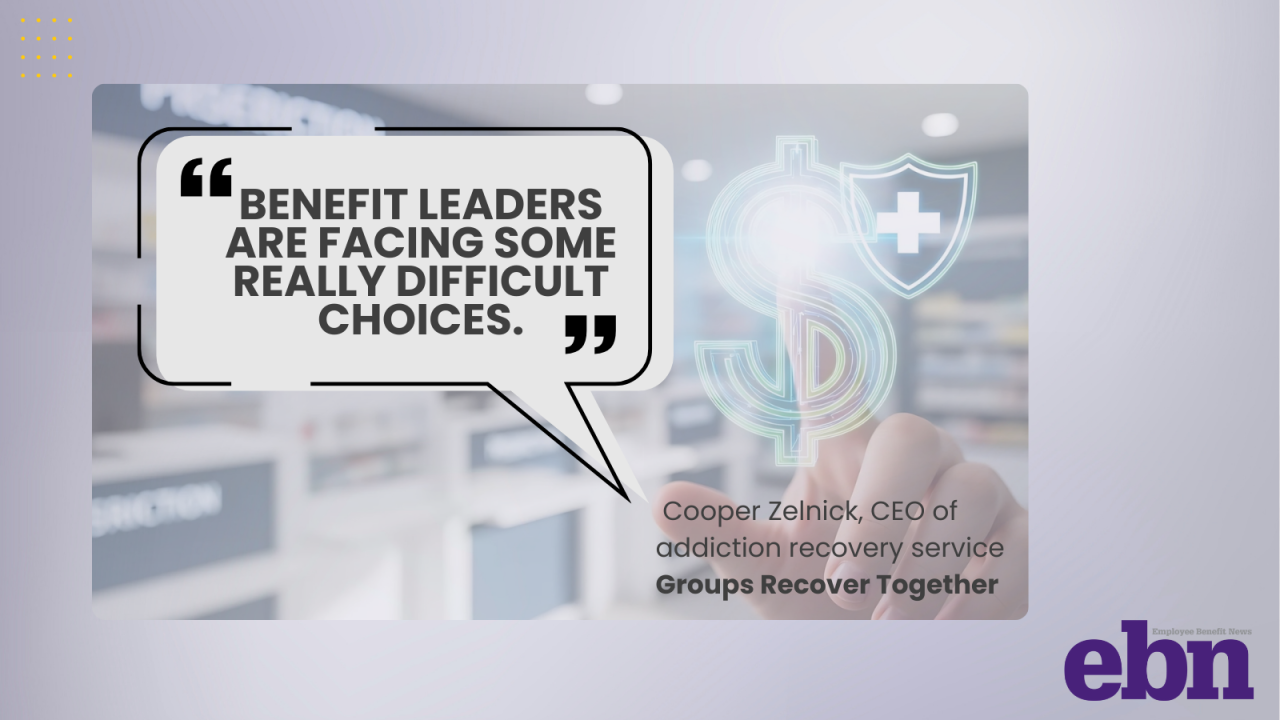For many workers, open enrollment is well underway — and with
Unsurprisingly, Millennials and Gen Z dread dealing with the entire process.
HR software company
Read more:
"Remember, individuals can remain on their parents' health insurance until they turn 26," says David Feinberg, senior vice president of risk and insurance at Justworks. "When a young worker goes to select plans, it's often the first time they see terms like deductible and copay, in-network and out-of-network. Even if younger workers are familiar with their auto insurance or renter's insurance, the complexities and terminology of health insurance plans can sometimes be a black box."
Notably, Zillennials know they need help deciphering their open enrollment options — in fact, 47% report relying on their parents to help them select a plan, according to Justworks. Gen Z is especially open to getting outside recommendations, with 57% sharing that their primary approach to health plan selection is asking others for their opinions.
However, workers may not be asking the right people the right questions. Feinberg points out that just 11% of Zillennials go to their HR department for help.
Read more:
"Parents are not privy to their children's employer's benefits policies," he says. "HR teams should be readily available to answer employees' questions about health insurance, and if there are questions they cannot answer, be able to direct their employees to the right contact at the benefits provider to provide more specialized support."
And yet, Justworks found that 45% of Zillennials are unsure where to direct their questions about open enrollment, and 81% feel that their HR department should be doing more to offer support. While there's no question that HR teams are overworked and often understaffed, Feinberg stresses the importance of a successful open enrollment process.
"When workers lack a strategic understanding of their health plans, businesses face compounding financial pressures like escalated premium costs, increased payroll tax complexities and potential workforce disruptions due to health-related stress and suboptimal care choices," he says. "When employees make confident and informed insurance decisions, this can help to balance business healthcare costs, as well as lead to lower turnover rates and improved employee satisfaction."
Read more:
Feinberg suggests HR teams put together a cheat sheet that defines the terminology employees will see during open enrollment. Terms like "deductible," "co-pay" and "co-insurance" should have a clear definition that indicates how an employee's finances would be impacted. For example, an employee should understand that a deductible refers to how much money they must spend on their own before the insurance company begins to help cover expenses; if an employee is looking at a health plan with a $3,000 deductible, then the cheat sheet needs to make it clear they may have to spend $3,000 before seeing any meaningful coverage.
As for workers dreading open enrollment, Feinberg advises them to always research any term or phrase they do not understand. He also recommends anticipating your medical needs for the year. This means predicting what health conditions you may need to manage, what prescriptions you will need and any new concerns you want addressed. From there, workers can begin to understand what plans would better serve their needs.
"When it comes to open enrollment and health insurance, planning is the name of the game," says Feinberg. "Do your homework to research your options well in advance of the deadline, and don't be afraid to lean on your HR teams, HR platform or insurance providers for support."






